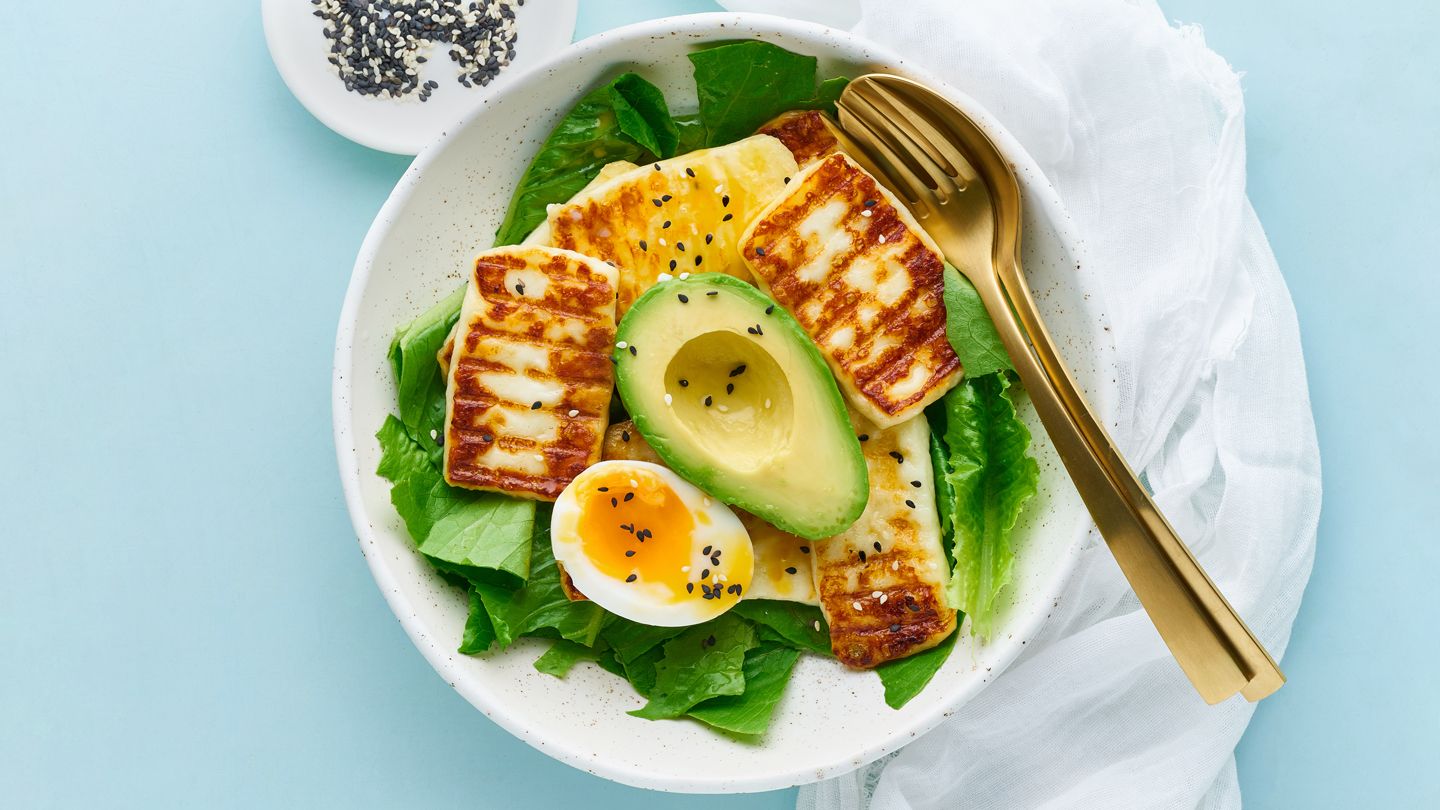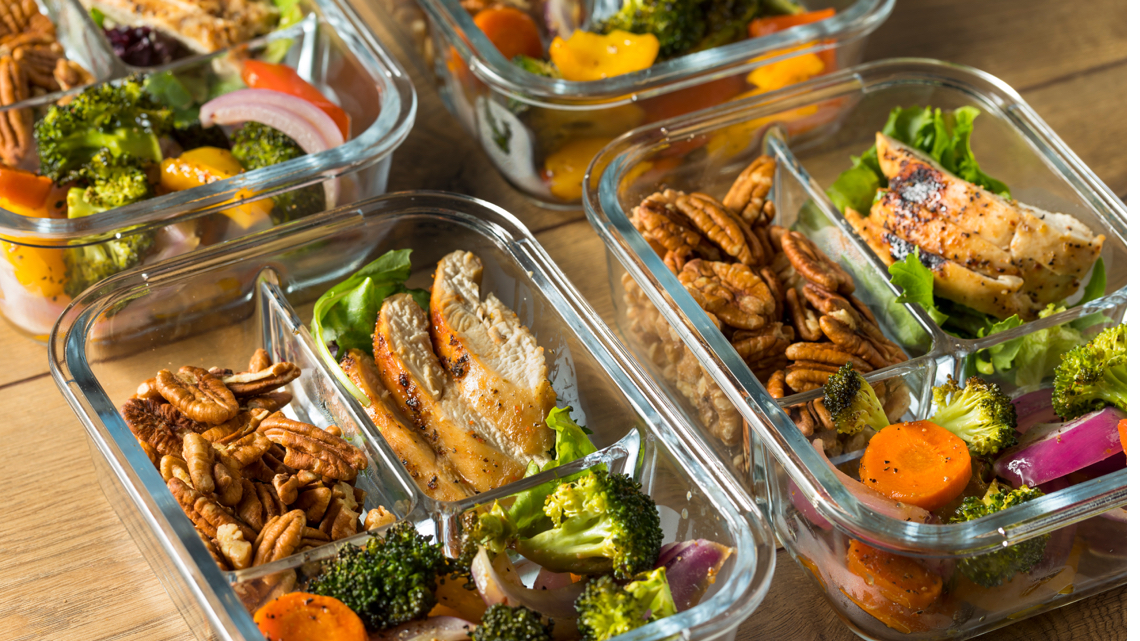Understanding Keto Food
Are you considering following a ketogenic or "keto" diet? If so, it is important to understand the principles behind this popular diet and how to choose the right keto-friendly foods. In this article, we will explore what the ketogenic foodis, its potential benefits and risks, and what foods are allowed and not allowed on this diet.
What Is The Ketogenic Food?
The ketogenic diet is a high-fat, moderate-protein, low-carbohydrate diet. Its main objective is to put your body in a metabolic state called ketosis, where it burns fat for energy instead of carbohydrates. When you follow a ketogenic diet, you consume fewer than 50 grams of carbohydrates per day, which is significantly lower than the average daily carbohydrate intake of most people.
The Potential Benefits And Risks Of The Ketogenic Diet
The ketogenic diet has been shown to have several potential benefits. For example, it may aid in weight loss, improve blood sugar control, and reduce inflammation. Some studies also suggest that the ketogenic diet may help reduce the risk of certain health conditions, such as heart disease, Alzheimer's disease, and cancer. You can see this guide with all the health benefits from Keto dietsfrom the experts of Stationzilla.
However, the ketogenic diet is not without risks. One of the most significant risks is the potential for nutrient deficiencies, as the diet restricts many foods that are good sources of essential vitamins and minerals. Additionally, some people may experience unpleasant side effects, such as constipation, bad breath, and fatigue, when they first start the diet.
Foods To Eat On The Ketogenic Diet
To follow a ketogenic diet, you will need to consume mostly high-fat foods and limit your intake of carbohydrates. Here are some examples of keto-friendly foods:
- Meat and poultry: beef, pork, lamb, chicken, turkey, etc.
- Fatty fish: salmon, tuna, mackerel, etc.
- Eggs
- Low-carb vegetables: spinach, kale, broccoli, cauliflower, etc.
- High-fat dairy: cheese, butter, heavy cream, etc.
- Nuts and seeds: almonds, walnuts, chia seeds, etc.
- Healthy oils: olive oil, coconut oil, avocado oil, etc.
Foods To Avoid On The Ketogenic Diet
To stay in ketosis, you must avoid or limit your intake of high-carbohydrate foods. Here are some examples of foods to avoid on the ketogenic diet:
- Grains and grain-based products: bread, pasta, rice, etc.
- Sugar and sugary foods: candy, cakes, cookies, etc.
- Fruit: apples, bananas, oranges, etc.
- Starchy vegetables: potatoes, sweet potatoes, corn, etc.
- Processed foods: chips, crackers, snack bars, etc.
Tips For Incorporating Keto Food Into Your Diet
If you're new to the ketogenic diet, it can be challenging to adjust to the new eating habits. Here are some tips for incorporating keto foodinto your diet:
- Plan your meals: Planning your meals ahead of time can help you stay on track with your keto diet. Make a list of keto-friendly foods and plan your meals around them.
- Focus on healthy fats: To follow a ketogenic diet, you need to consume a lot of healthy fats. Focus on healthy fats like olive oil, coconut oil, avocados, nuts, and seeds.
- Stay hydrated: Drinking plenty of water is essential when you're on a ketogenic diet. Water can help you stay hydrated and reduce your appetite.
- Read labels: When shopping for food, read the labels carefully to ensure that you're not consuming hidden carbohydrates.
- Find keto-friendly recipes: There are many keto-friendly recipes available online, including recipes for snacks, main courses, and desserts. Experiment with new recipes to keep your meals interesting and enjoyable.
Keto Food And Exercise
If you're following a ketogenic diet, you may wonder how it will impact your exercise routine. Some studies suggest that the ketogenic diet may improve athletic performance and help you burn fat more efficiently. However, it's important to note that everyone's body is different, and some people may experience a decrease in energy levels during exercise when following a ketogenic diet.
If you're new to the ketogenic diet, it may take some time for your body to adjust to the new eating habits. It's important to listen to your body and make adjustments as needed. If you feel fatigued during exercise, you may need to increase your carbohydrate intake slightly or consume more electrolytes to help your body maintain its energy levels.
It's also important to note that the ketogenic diet is not a magic solution for weight loss or athletic performance. While it may be helpful for some people, it's important to also incorporate regular exercise, proper hydration, and stress management into your routine to achieve optimal health and wellness.
Examples Of Keto Food
Here are some examples of foods that are commonly consumed on a ketogenic diet:
Healthy Fats
- Avocado
- Coconut oil
- Olive oil
- Nuts (such as almonds, macadamia nuts, and walnuts)
- Seeds (such as chia seeds, flaxseeds, and hemp seeds)
Protein
- Grass-fed beef
- Wild-caught fish (such as salmon, sardines, and mackerel)
- Free-range poultry (such as chicken and turkey)
- Eggs
- Tofu
Non-Starchy Vegetables
- Leafy greens (such as spinach, kale, and lettuce)
- Cruciferous vegetables (such as broccoli, cauliflower, and cabbage)
- Zucchini
- Asparagus
- Green beans
Dairy
- Cheese
- Greek yogurt (unsweetened)
- Heavy cream
Beverages
- Water
- Coffee (black or with heavy cream)
- Tea (unsweetened)
- Bone broth
Potential Benefits Of A Keto Diet
The ketogenic diet has gained popularity due to its potential health benefits. Here are some of the benefits that are commonly associated with a keto diet:
Weight Loss
Many people turn to the ketogenic diet for weight loss. The diet is designed to promote the breakdown of fats, which can lead to a reduction in body weight. Some studies have shown that following a ketogenic diet can lead to significant weight loss, especially in the short term.
Improved Blood Sugar Control
The ketogenic diet may also improve blood sugar control, making it a potential option for people with type 2 diabetes. The diet limits carbohydrates, which can cause a reduction in blood sugar levels. Some studies have shown that a ketogenic diet can lead to a significant improvement in insulin sensitivity.
Reduced Inflammation
Chronic inflammation is linked to a variety of health problems, including heart disease and cancer. The ketogenic diet has been shown to reduce inflammation in the body. This may be due to the diet's emphasis on healthy fats and the reduction of inflammatory foods, such as sugar and processed foods.
Potential Brain Benefits
Some studies suggest that the ketogenic diet may have potential benefits for brain health. The diet may help reduce seizures in people with epilepsy and has been studied as a potential treatment for other neurological conditions, such as Alzheimer's disease.
People Also Ask
What Food Can You Eat On Keto?
The ketogenic diet focuses on consuming high amounts of healthy fats, moderate amounts of protein, and very low amounts of carbohydrates. Some examples of foods that can be eaten on a keto diet include healthy fats such as avocado, nuts, seeds, and oils, protein sources such as grass-fed beef, wild-caught fish, and poultry, non-starchy vegetables such as leafy greens, cruciferous vegetables, and asparagus, and dairy products like cheese and heavy cream.
What Are The Top 10 Keto Foods?
The top 10 keto foods can vary depending on individual preferences and dietary restrictions, but some popular options include:
- Avocado
- Olive oil
- Grass-fed beef
- Wild-caught salmon
- Eggs
- Nuts and seeds (such as almonds, macadamia nuts, and chia seeds)
- Cruciferous vegetables (such as broccoli, cauliflower, and Brussels sprouts)
- Berries (such as strawberries and blackberries)
- Cheese
- Coconut oil
What Carbs Can You Eat On Keto?
The ketogenic diet is a very low-carb diet, and the amount of carbohydrates allowed varies depending on individual needs and goals. In general, the diet restricts most carbohydrates, including grains, sugar, and starchy vegetables. However, some low-carb options that may be consumed in moderation on a keto diet include non-starchy vegetables such as leafy greens, broccoli, and cauliflower, berries in small quantities, and nuts and seeds. It's important to note that carbohydrate intake should be monitored closely to maintain a state of ketosis.
Conclusion
The ketogenic diet can be an effective way to lose weight and improve your overall health. However, it is important to understand the principles behind the diet and choose the right foods to ensure that you are getting all the necessary nutrients. By following the guidelines in this article, you can start your journey to a healthier, more balanced diet that works for you.
As always, consult with your healthcare provider before making any major changes to your diet or lifestyle.



